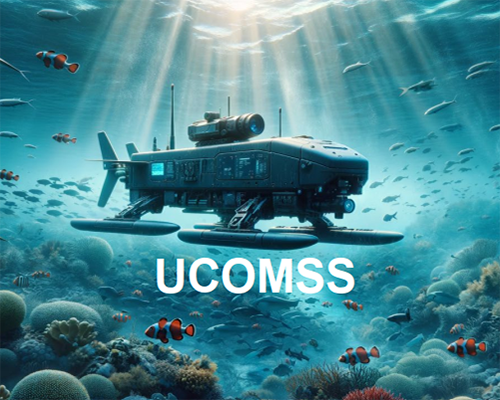
This project focuses on combining advanced machine learning methods with a robust underwater communication suite to effectively monitor and analyze the impacts of environmental stresses on Canada’s blue carbon ecosystems.
Blue carbon ecosystems, including mangroves, salt marshes, and seagrasses, play a critical role in carbon sequestration and provide a habitat for diverse marine life. Leveraging machine learning will enable the efficient processing of large datasets collected through underwater sensors and monitoring systems, allowing for real-time insights into ecosystem health and changes. Additionally, the secure underwater communication system will facilitate reliable data transmission in challenging aquatic environments, ensuring that critical information is shared among researchers and decision-makers.
By utilizing innovative technologies, this initiative seeks to deepen our understanding of how environmental factors—such as climate change, pollution, and habitat degradation—affect these crucial ecosystems. Ultimately, this project aims not only to track and model the responses of blue carbon ecosystems to stressors but also to develop actionable conservation strategies. By providing data-driven insights, the project will empower policymakers, conservationists, and local communities to implement effective measures to protect and rehabilitate these ecosystems, ensuring their resilience and continued contribution to global carbon storage efforts.
Our Role
SOLIDS laboratory leads this collaboration and is organized into four specialized teams for its execution:
- Hardware Team: Responsible for constructing and installing receivers to gather underwater data such as temperature, pH, CO2 levels, salinity, dissolved oxygen, light, turbidity, and microplastics. They oversee sensor setup, ensure proper functioning during data collection, and remove them as necessary.
- Machine Learning and Analysis Team: Manages data processing by cleaning and preprocessing collected data to eliminate errors or outliers, ensuring dataset quality and reliability. Using machine learning techniques, they develop algorithms to detect patterns, trends, and correlations in the data, enabling the classification of blue carbon ecosystems and prediction of ecosystem health based on stressor effects.
- Web Application Team: Develops a user-friendly platform to showcase project outcomes and facilitate data visualization. By incorporating features like data filtering, interactive charts, and custom reports, this team delivers informative results on blue carbon ecosystems and stressor impacts.
- Security Team: Designs secure protocols for data transfer and storage, including encryption and authentication methods for the transmission protocol to safeguard data privacy, security, and accessibility. Additionally, implements secure storage and backup protocols to mitigate data loss or unauthorized access risks.

